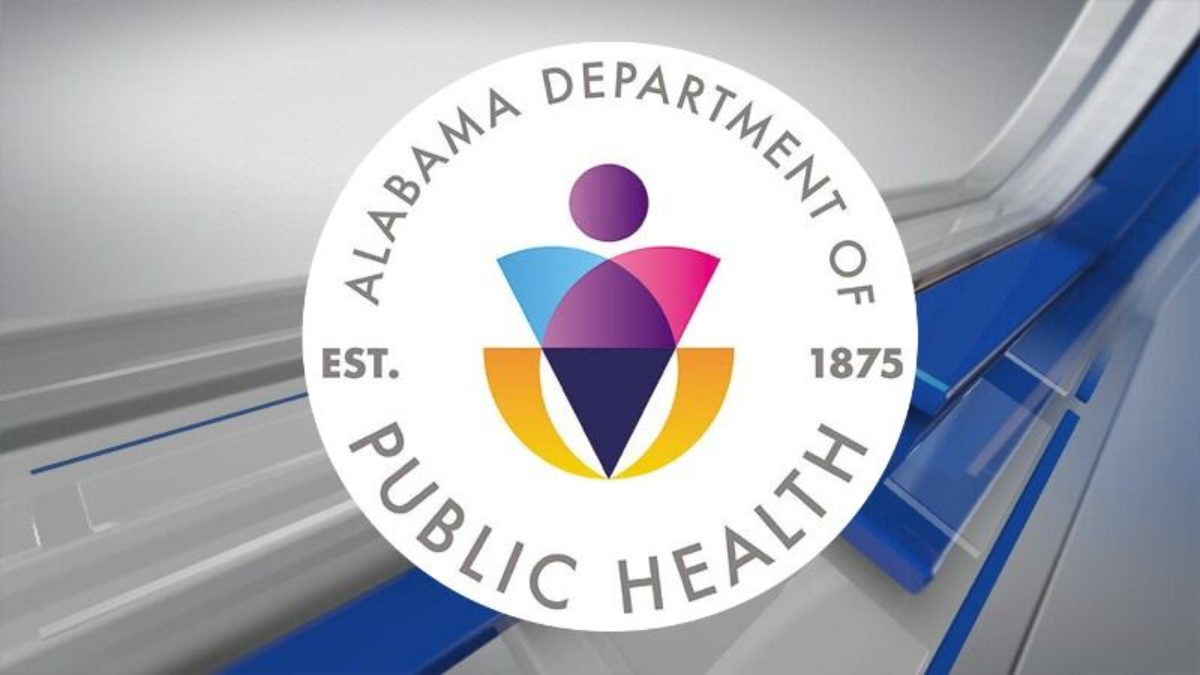The U.S. Department of Government Efficiency (DOGE) has recently terminated a $190 million contract that directly impacts Alabama’s Department of Public Health (ADPH).
This funding cut is expected to affect multiple health programs and positions across the state, raising concerns about public health services and the state’s ability to manage disease control and outbreak investigations effectively.
The abrupt cancellation has sparked debate among state officials, public health experts, and local communities, as they brace for the consequences of this budget reduction.
Scope of the Funding Cuts
The $190 million contract was primarily funded by the Centers for Disease Control and Prevention (CDC) and supported approximately 140 public health positions within ADPH. These roles focused on critical aspects of disease prevention, outbreak response, and public health education. With the funding now revoked, the future of these programs remains uncertain.
Additionally, the Department of Mental Health (ADMH) in Alabama is also experiencing budgetary concerns as nearly $50 million in grants have been rescinded. The elimination of these funds could disrupt mental health services that benefit thousands of Alabamians, further straining an already overburdened healthcare system.
Impact on Public Health and Workforce
The termination of this funding has far-reaching implications for Alabama’s healthcare infrastructure. Some of the major areas affected include:
1. Disease Control and Prevention
One of the key functions of the ADPH is to monitor and prevent the spread of infectious diseases. The loss of these funds means fewer resources for tracking and responding to outbreaks, such as the ongoing measles cases in the state.
Public health experts warn that a diminished workforce will make it harder to detect and contain diseases, potentially putting communities at risk.
2. Loss of Jobs and Expertise
With 140 positions funded through this grant, job losses are a significant concern. While ADPH has stated that it is working on reassignment options for affected employees, many fear layoffs are inevitable. Losing experienced public health professionals can have long-term effects on the state’s ability to respond to health crises.
3. Impact on Vulnerable Populations
The cuts will disproportionately affect vulnerable groups, including the elderly, low-income families, and individuals in rural areas who rely on public health services. Reduced funding means fewer community health programs, vaccination drives, and outreach efforts that are crucial in underserved areas.
Political and Public Response
Concerns from State Leaders
Alabama Representative Terri Sewell (D-AL) has been vocal about the potential dangers of this funding cut. She emphasized that without adequate resources, the state’s public health system will struggle to contain outbreaks, especially in high-risk settings like prisons, nursing homes, and daycare centers.
State officials are now exploring possible solutions, including requesting emergency funds from the federal government or reallocating state resources to fill the gap left by the contract’s cancellation.
Public Reaction and Advocacy
The decision has also drawn backlash from public health advocates and community leaders. Many residents are concerned about reduced access to essential healthcare services, particularly in rural Alabama, where public health clinics play a vital role.
Some advocacy groups are urging lawmakers to intervene and restore funding to avoid long-term negative consequences.
Broader Context: Nationwide Budget Cuts
Alabama is not the only state facing such cuts. The CDC has been rolling back over $11 billion in COVID-19-related funding across the U.S., reallocating resources as the pandemic subsides.
However, public health officials argue that the ongoing need for disease surveillance, mental health services, and emergency preparedness makes these cuts premature.
With federal agencies shifting priorities, states are now tasked with finding alternative ways to sustain vital health programs. The challenge lies in balancing budget constraints with the necessity of maintaining strong public health infrastructure.
Potential Strategies to Mitigate the Impact
As Alabama navigates the repercussions of this funding loss, several strategies are being considered to mitigate its impact:
1. Seeking Alternative Funding
State officials and health department leaders are exploring options to secure alternative funding, including state budget reallocations and partnerships with private health organizations. Some lawmakers are also pushing for federal emergency grants to temporarily cover the shortfall.
2. Strengthening Public-Private Partnerships
Engaging private healthcare organizations and nonprofit groups could help bridge the gap left by the funding cut. Partnerships with hospitals, universities, and philanthropic organizations may provide critical resources for sustaining public health programs.
3. Legislative Action
State legislators are discussing possible policy changes that could safeguard public health funding in the future. Some proposals include dedicating a portion of state tax revenue to essential public health services, ensuring that funding is more stable and less dependent on federal grants.
4. Community Mobilization
Local communities are being encouraged to advocate for the reinstatement of funding by contacting their representatives and raising awareness about the importance of public health programs. Grassroots movements and public petitions may influence decision-makers to reconsider budgetary priorities.
The Road Ahead
The cancellation of the $190 million contract poses a significant challenge for Alabama’s public health system. While ADPH and state officials are working to find solutions, the uncertainty surrounding the future of disease control and public health initiatives remains a major concern.
Moving forward, collaboration between government agencies, private institutions, and local communities will be crucial in ensuring that Alabama continues to provide essential healthcare services to its residents.
The outcome of these efforts will determine whether the state can weather this financial setback or if public health services will suffer long-term damage.
For more details on the funding cuts and their impact, visit WSFA.
Disclaimer – Our team has carefully fact-checked this article to make sure it’s accurate and free from any misinformation. We’re dedicated to keeping our content honest and reliable for our readers.
